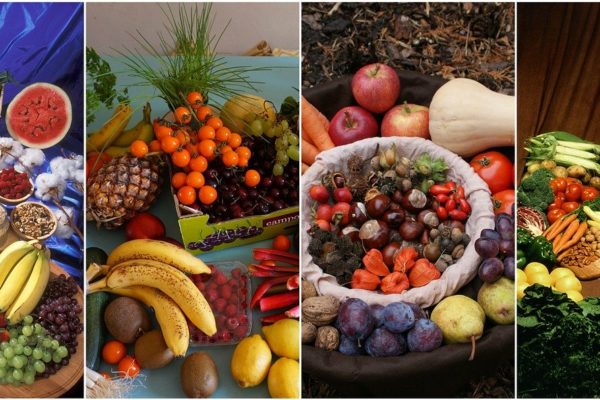In order to eat right, you must not only adhere to the recommended daily calorie intake but also include foods rich in vitamins and minerals in your diet. Below you can find a list of top 20 superfoods.
That said, superfoods are not always exotic foods. Beloved by everyone, buckwheat is also one of the healthiest food products, gaining popularity all over the world. In addition, many superfoods can be swapped out for local produce – hawthorn is fine instead of goji berries.

What are superfoods?
Superfoods – are natural food products that contain the greatest amount of antioxidants, microminerals and vitamins. Regular consumption of such products is necessary to maintain the health and normal functioning of the body.
For example, the most beneficial nutrient for most berries (both raw and dried) are polyphenols, which are the elements that give the berry its intense dark or blue color. According to scientific studies, polyphenols help fight obesity by inhibiting the formation of new fat cells.
In addition, superfoods contain magnesium, iodine, iron and zinc – essential microminerals necessary for the proper functioning of the immune system. Their lack not only lowers the protective functions of the body, but also leads to a decrease in the production of hormones.
Healthy food – in short:
- most berries
- most seeds and nuts
- pseudo-grains

The most useful products
To maintain healthy metabolism, it is important to regularly consume a variety of vegetables, fruits, nuts and plant seeds. At the same time, the list of healthy foods, in the end, includes almost all plants – each of them contains the elements necessary for the body.
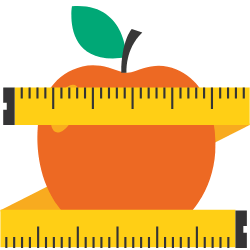
1. Almonds
Almonds are good for magnesium, iron, phosphorus, zinc, copper, and vitamins E and A. Due to the content of monounsaturated fatty acids, these nuts lower blood cholesterol levels and reduce the risk of heart disease. Among other things, almonds are high in protein.


2.Sesame seeds
Sesame is an oil plant that contains the powerful antioxidant sesamin. This substance effectively reduces the level of bad cholesterol in the blood. In addition, sesame seeds contain a lot of fiber and various micro-minerals, including manganese, magnesium, zinc, phosphorus and iron.
3.Red berries
Any red berries (both goji berries and rose hips with hawthorn) contain a high amount of natural antioxidants, vitamins and micro-minerals (copper, iron, zinc, selenium, calcium, potassium). 100 g of dried goji berries contain 500% of the daily value of vitamin A and 80-90% of the value of vitamin C.

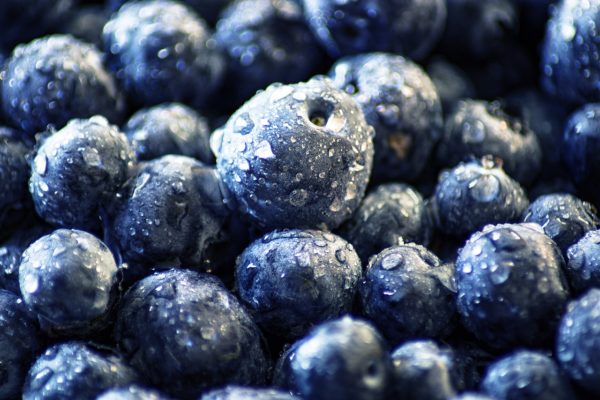
4.Dark blue berries
The color of blueberries, mulberries and other dark blue berries is due to the content of anthocyanins, powerful antioxidants. They help the body fight against damaging factors of various nature. In addition, dark berries are especially rich in microminerals and vitamins.
5.Buckwheat
Since buckwheat is not a cereal crop, buckwheat does not contain gluten, a component of wheat protein that causes food allergies in some people. In addition, buckwheat is one of the very few plant foods that have a complete amino acid profile.
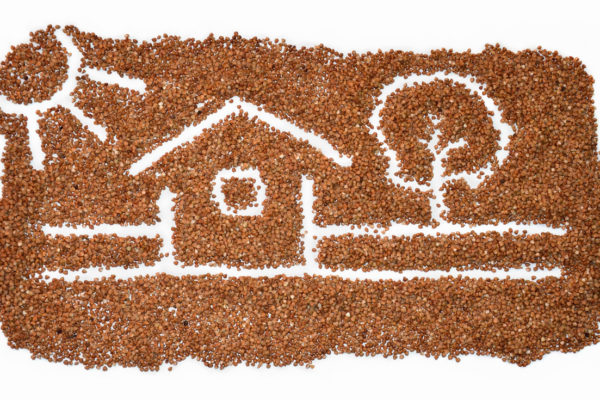

6.Raw cocoa beans
Strictly speaking, raw cocoa beans are the most beneficial for health. However, even after heat treatment, a significant amount of antioxidants remains in them – just like in dark chocolate. Another advantage of cocoa is its ability to act as a source of tryptophan.
7.Turmeric
Also known as curcumin, it markedly reduces the amount of microinflammation in the body and also increases antioxidant levels. A number of studies show the positive effect of turmeric in relieving pain in osteochondrosis, as well as its ability to normalize cholesterol and blood sugar levels.
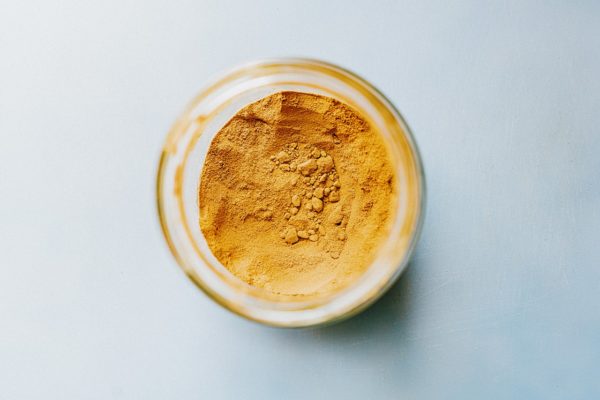
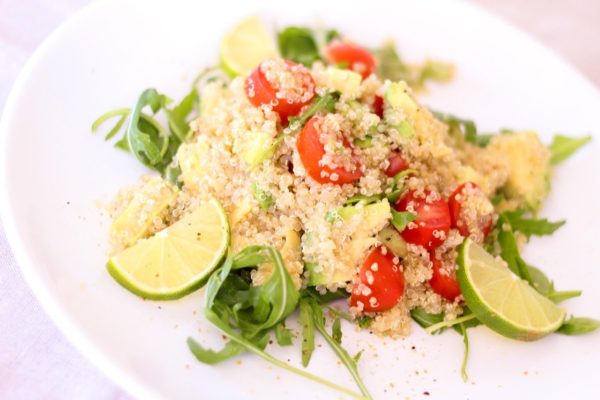
8.Quinoa
Quinoa is another pseudo-cereal crop, which is a flower seed. 100 g of dry quinoa groats contain 102% of the daily value of manganese, 49% of the value of magnesium, 46% of phosphorus, 30% of copper, 25% of iron, 21% of zinc, 16% of potassium and 12% of selenium – these figures even exceed buckwheat!
9.Pumpkin seeds
Dried pumpkin seeds are an excellent source of protein and essential amino acids. They contain a lot of B vitamins, vitamin E. Among other things, they belong to foods high in zinc – this trace element is useful for men, helping to maintain normal testosterone levels.


10. Açai
Acai is a dark berry native to Brazil. Differs in unique taste and high content of natural antioxidants. Most often it is found in the form of dried berry powder or frozen. Great for making smoothies and adding to ice cream.
11.Dried mulberries
Due to its anti-inflammatory properties, dried mulberries are used as a mild remedy for removing toxins from the body. The high content of vitamin C allows using these berries for the prevention of infectious diseases. In addition, mulberries contain iron.


12.Walnuts
Walnuts are one of the leaders in the content of high quality vegetable protein. In addition, they contain omega-3 fatty acids and various antioxidants. Studies show that walnuts can lower blood pressure and lower blood sugar.
13.Hemp seed
Both hemp seeds and hemp oil are healthy foods. In terms of the profile of fatty acids and the content of Omega-3, such oil is close to flaxseed. Note that the food industry uses hemp products without psychoactive elements.


14.Green tea
Both black and green tea are products of the same plant. Since green tea undergoes minimal fermentation, more antioxidants remain in its composition. In addition, the benefits of green tea in powder (“matcha”) are most pronounced.
15. Lentils
Lentils are a group of plants in the legume family. Red lentils have no shell, are cooked as quickly as possible, and are well suited for making tender soups. It has a low glycemic index, since it contains a lot of protein and fiber (about a third of the dry weight of cereals)

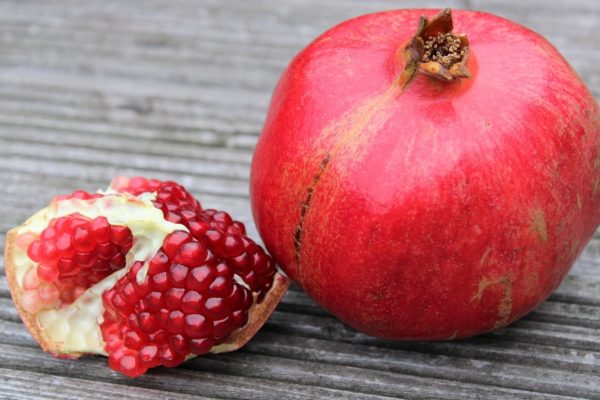
16.Pomegranate
Pomegranate seeds are high in vitamin C as well as folic acid, magnesium, potassium, selenium and manganese. They are especially beneficial for those with low blood hemoglobin levels, and for balancing high blood sugar levels and improving digestion.
17.Chia seeds
Chia seeds contain plant-based omega-3 fatty acids, essential amino acids, and a rare type of water-insoluble fiber. Research suggests that regular consumption of chia seeds can help reduce microinflammation in the body, lower blood pressure and lower bad cholesterol levels.

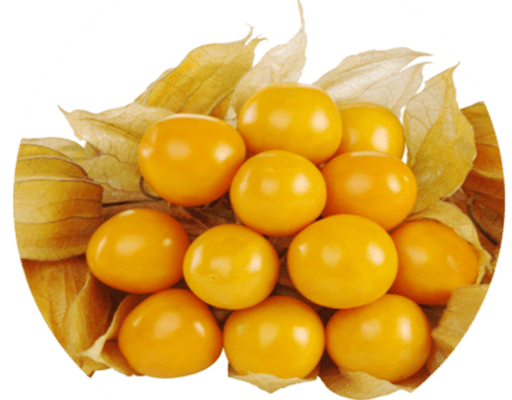
18.Peruvian cherry
Cape gooseberries (or Peruvian cherries) are mainly used dried, or in preserves and jams. It contains in high content of vitamin C, as well as plant antioxidants. Improves digestion and increases the body’s ability to fight microinflammation.
19.Ginger
Several studies show that ginger helps fight inflammation in the body, reduces menstrual pain and muscle pain. Additionally, ginger tea is used to treat colds. In this case, the benefits are explained by a warming and expectorant effect, as well as a mild antimicrobial properties.


20.Spirulina
Spirulina is a genus of blue-green algae. Its health benefits are attributed to its ability to influence the metabolism of fats and carbohydrates in the body. In particular, when taken regularly, spirulina powder affects the processes of fat deposition in the liver and can lower blood cholesterol levels.
The healthiest vegetable
Most benefits of vegetables are based on their fiber and phytonutrients. From this perspective, the most useful vegetable is broccoli, which is rich in folate, potassium and calcium. In addition, broccoli has been shown to reduce the risk of heart disease, diabetes and even certain types of cancer.
Among other things, broccoli contains a powerful antioxidant beta-carotene, sulforafan, as well as vitamin C and vitamin K. However, in order for all the beneficial trace elements to be preserved, it is recommended not to boil broccoli in water when cooking, but to steam slightly or fry gently.
healthy fruit
The pectins contained in fruits enhance the motor function of the large intestine and, in combination with fiber, promote the digestion process – in fact, fruits “draw” toxins from the body. That is why doctors recommend eating 1-2 fresh fruits daily.
Bananas should be noted separately in the list of the most useful fruits. A medium banana covers up to 30% of the daily requirement for vitamin B6, 20% of the requirement for vitamin C, 16% of the daily requirement for manganese, 13% for potassium and 8% for magnesium.
The list of the healthiest foods includes green vegetables (from lettuce leaves to broccoli) and dark berries, as well as all kinds of nuts and cereals. That being said, regular variation is key to choosing the healthiest foods.
Which vegetable contains the most carbs?
| Great, this is the right answer. Lentils contain 20.3 grams of carbohydrates, versus 10.4 for onions and 7.2 for carrots. | |
| Oops, sorry that answer is wrong. Lentils contain 20.3 grams of carbohydrates, versus 10.4 for onions and 7.2 for carrots. | |
| Oops, sorry that answer is wrong. Lentils contain 20.3 grams of carbohydrates, versus 10.4 for onions and 7.2 for carrots. |

